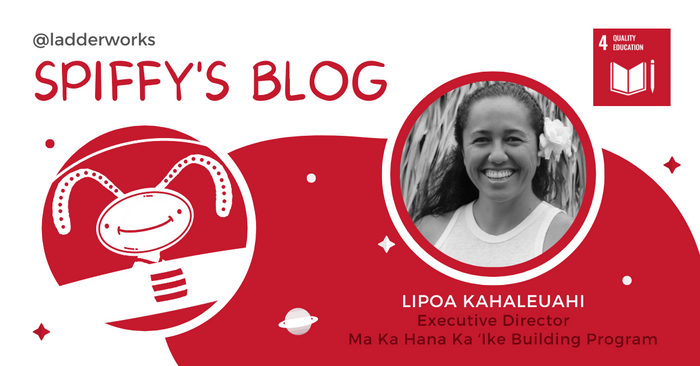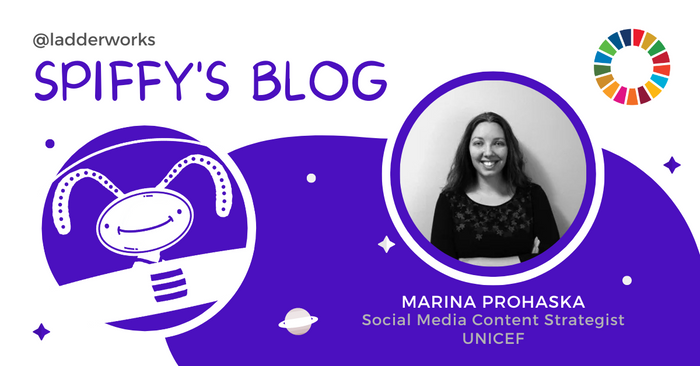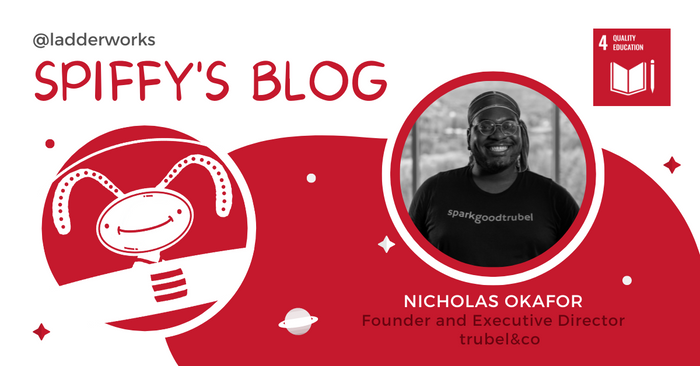Lipoa: Thanks for having me, Spiffy! Hāna is among Hawai'i's most remote and underserved regions; the nearest urban facilities are a four hour round trip drive. The community comprises 394 households, and the U.S. Census reported that over 71% of residents are Native Hawaiian. Hāna's remoteness and lack of economic opportunity have resulted in an overall poverty rate of 22%, with the rate falling upwards of 42% for Native Hawaiians.
Marina: Hi Spiffy, thanks for having me! So, diving right in, at UNICEF, one of my primary roles involves communicating about the critical issue of mental health. Did you know that globally, one in seven children and adolescents aged ten to 19 are living with a mental health condition? And with everything going on, from crises to uncertainties, it's putting even more strain on their well-being. That's why shining a light on mental health, and understanding it better, has become more urgent than ever.
Nick: Thanks for having me, Spiffy! Our project tackles the challenge of educational and environmental inequities in underserved communities. By equipping youth with geographic information system (GIS) and data analysis skills, we empower them to map disparities, advocate for change, and propose solutions. Our work focuses on creating accessible, engaging learning modules that enable students to analyze social issues and drive community-driven innovations, bridging the gap between technical education and social justice. This approach fosters a new generation of informed advocates and problem solvers committed to equity and sustainability.




